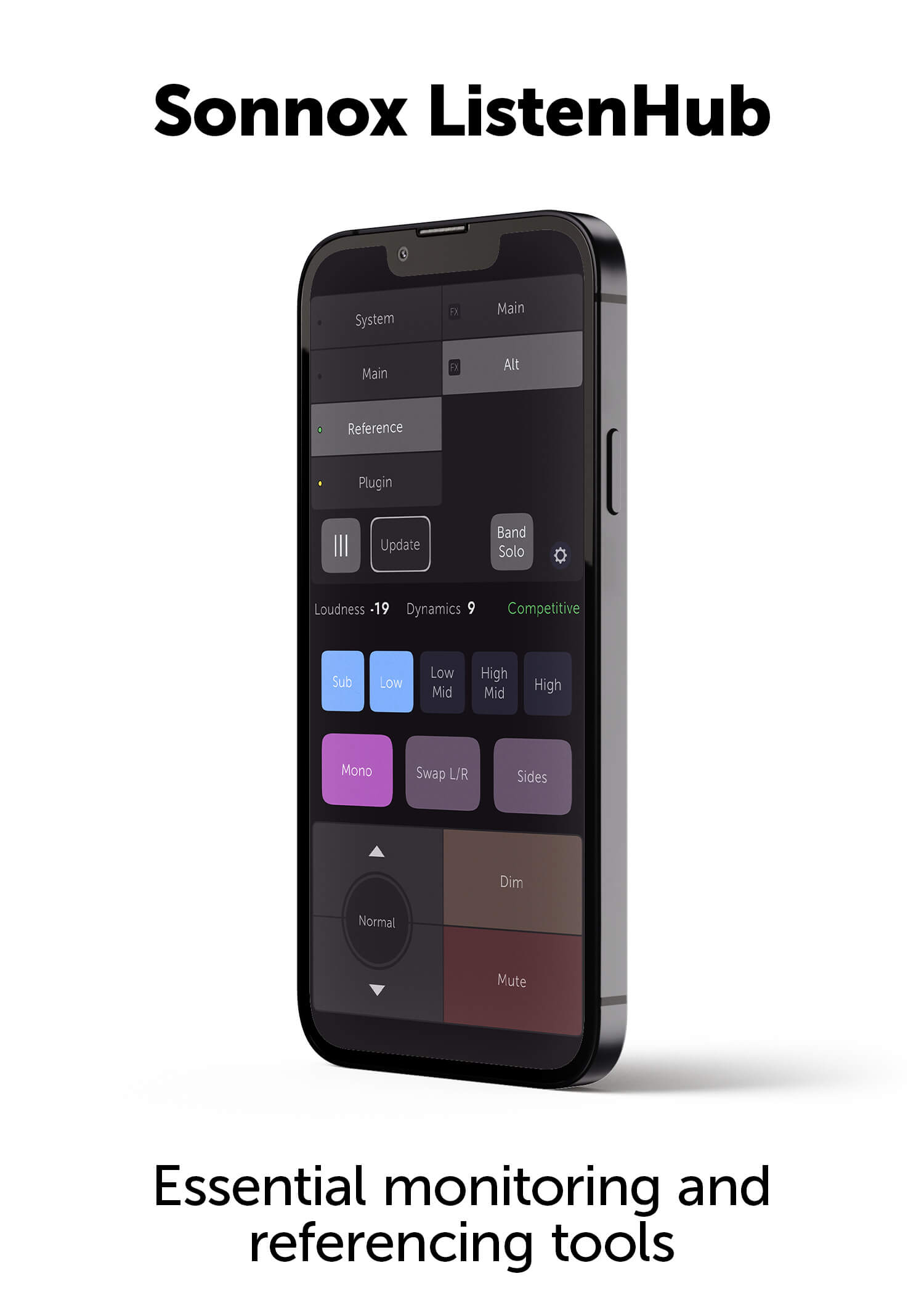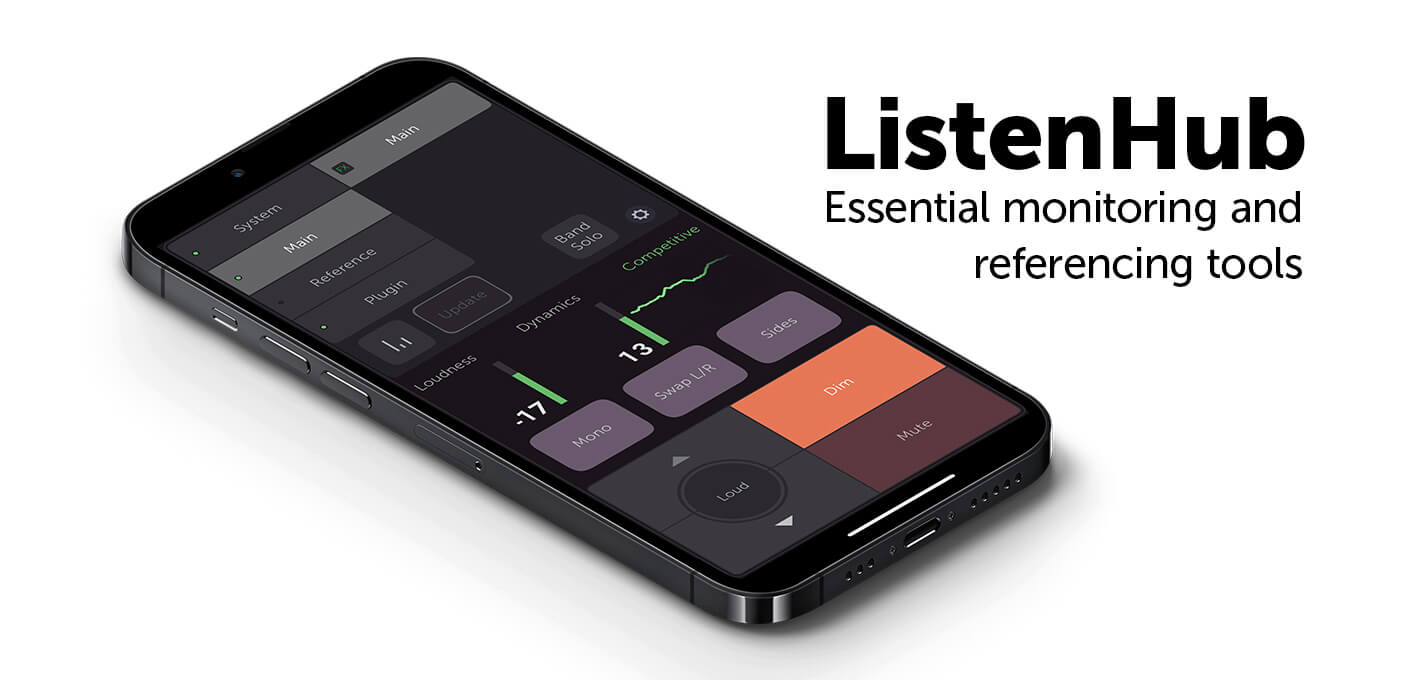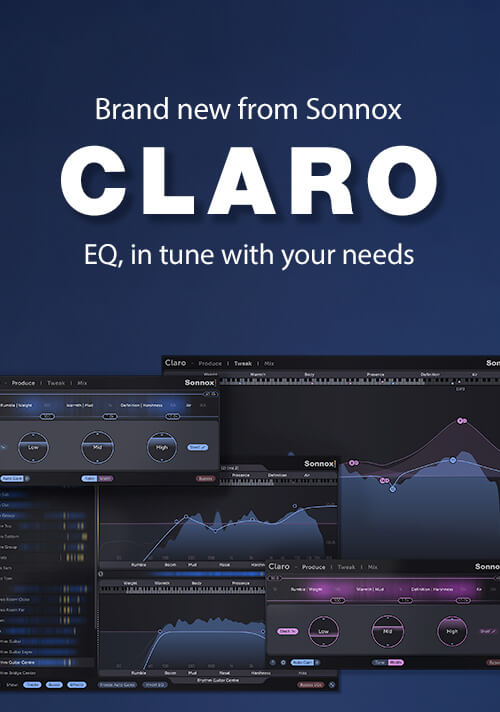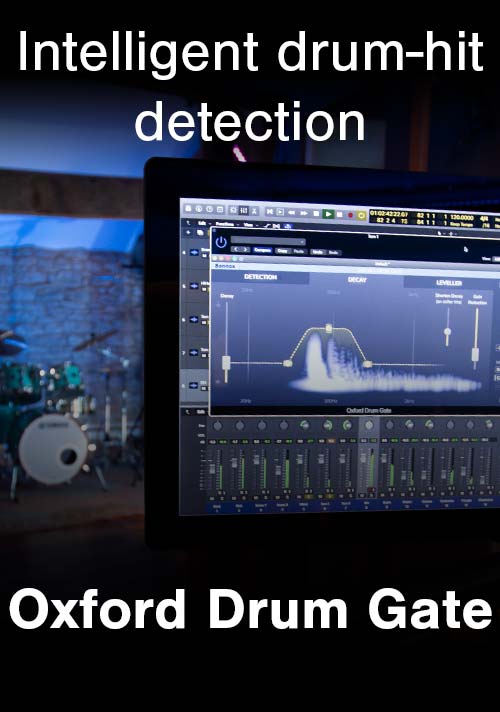Charles Maynes
Plugging Away at Feature Films & Video Games with Sonnox
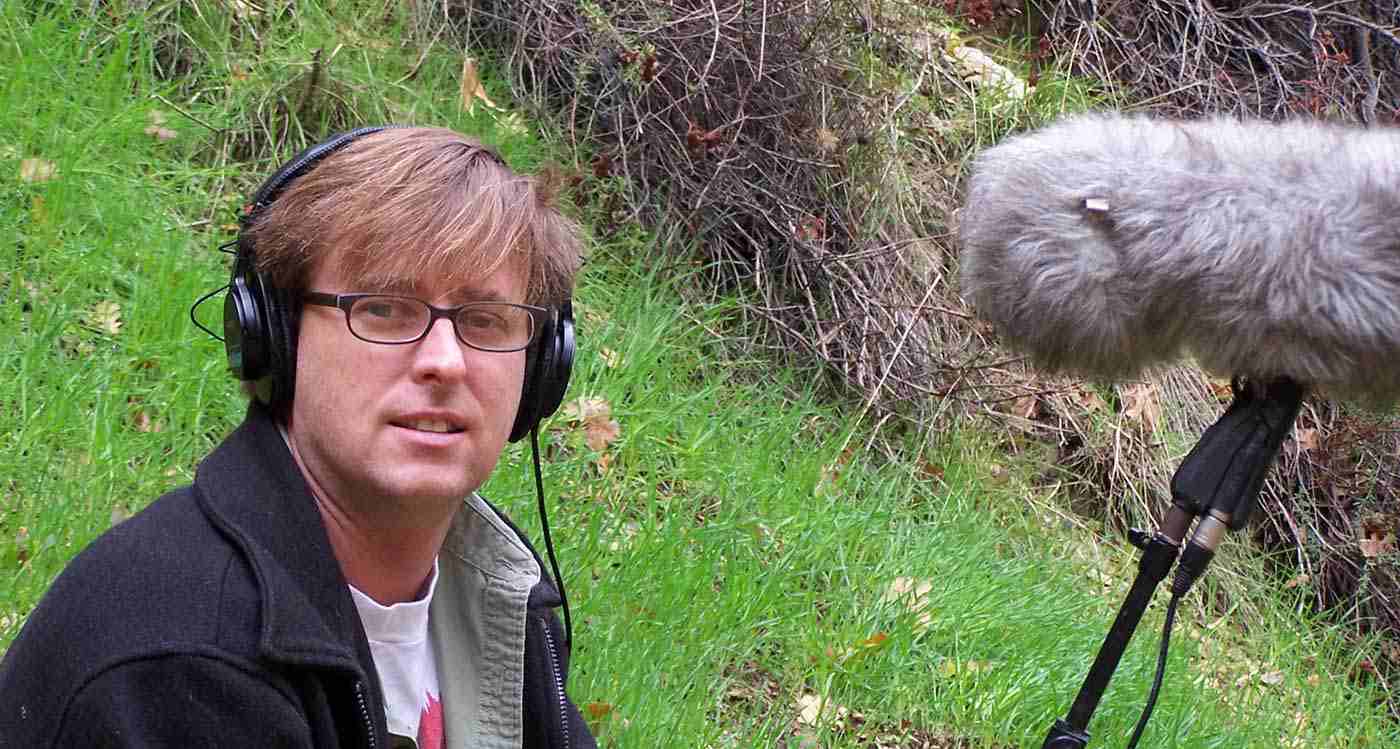
Charles Maynes is living the dream. Imagine working on blockbuster Hollywood films and smash hit video games, and winning awards for your work. As a sound designer/recordist/musician, Maynes has been at the cutting edge of digital audio for over 20 years. Below, we sit down with him to discuss his career path, expertise, and of course, his use of Sonnox Oxford plug-ins.
So tell us what you do for a living.
I am a sound designer and recordist for feature films and video games as my day job – but I’m also a recording and performing musician. . Actually, most of the work I do is for feature films such as Twister and U-571, which is the first film I participated in that won the Academy Award for Best Sound Editing. My other feature credits include the film Starship Troopers which was my first film doing weapons, which I am seem to be known for lately.
How did you get into this gig?
It’s been my vocation for the past 15 years. I came out of a music background, and got involved in the bigger picture of digital audio through digital sampling – way back in the 80’s. I was one of the early adapters of the Emulator II keyboard sampler. The thing that was really cool back then for those of us who were nobodies was that it led to introductions to people who I otherwise wouldn’t have had the opportunity to meet any other way.
How did you move through the music side onto recording weapons and such?
Basically, it was professionally driven. I used the Emulator on my first film back in the early 80’s. At that point multitrack tape recorders with time code were really new technology it was nothing like today with DAW’s where you see a visual representation of the waveform and non-linear picture. Traveling the digital audio path, I ended up working for Digidesign - pre Pro Tools. Through the connections I made there, I was able to transition into film sound.
Is there much need for audio restoration in your work ?
Generally speaking, everything that comes in from a microphone is edited for content, but not necessarily treated for noise reduction. But there are also many instances where we have sounds that we really don’t want to be part of a recording. Sometimes you might have faulty grounds on mic leads and such. For Flags Of Our Fathers, we did a weapons shoot and had some wonderful material come off an Akai disc recorder. But, it had an AC hum which I could not explain, because it was running off a battery!. So I used the Sonnox Oxford Restore suite, and it functioned really well in mastering that assignment. There might also be things like ambient wind noises and stuff like that. Using the broadband noise reduction can sometimes be a bit more precise and gentler than using general expanders, which I use all the time.
What is it about the Restore Suite that you like?
The general quality is extremely good. Probably the most helpful option for me is the hum removal tool. The DeBuzzer works quickly and efficiently, with very little fuss. The DeClicker is the same story. I’m actually trying to deal with all my previous DAT recordings and load them into Pro Tools. Many of them have digital dropouts and things, which manifest themselves as pops. The DeClicker gets the job done in a breeze. Generally it’s just a matter of instantiating the plug in, hitting play and saying, ‘yes ‘– that’s perfect.
Other tools generally require considerably more fine-tuning and they don’t necessarily deliver better results. In terms of economy of time, I honestly can’t imagine anything better than the way the DeClicker and DeBuzzer plug-ins work. The broadband noise reduction is amazing too. It’s a little more delicate in so far as what you can get away with. I have all sorts of tricks of pre-EQ’ing to make it work a little more in certain areas, but it always delivers really nice results.
Do you find that having the visual feedback enables you to do the job quicker?
For me visual feedback is a terrific timesaver - I can see that rumble at 40Hz and just set a filter in place and move on. Any sort of restoration task is really quite subjective. I use the Oxford EQ for rumble removal a lot as well, because you have the settings already there in the depth of cut for the high pass filter. I find that fast and immediate, and then I can then move on to my next issue.
The Sonnox plug-in quality across the line is magnificent - it’s just a matter of deciding exactly what I need to do. The thing that’s a little different is that so much of the time you’re trying to make something sound natural as opposed to enhancing it. I find the audio quality doesn’t get degraded when I use the Oxfords.
